Mixed cultivation in the vegetable patch
What is a mixed culture?
Some plant species like to grow next to each other and have a positive influence on each other's growth or protect each other from diseases and pests. Other combinations, on the other hand, inhibit each other. When growing in a mixed culture, choose plants that do well together. This allows you to enjoy the benefits of mixed cultivation. At the same time, you promote diversity in your garden. This attracts animals and insects and creates a balanced ecosystem. This makes it harder for pests to establish themselves.
Plan your mixed culture
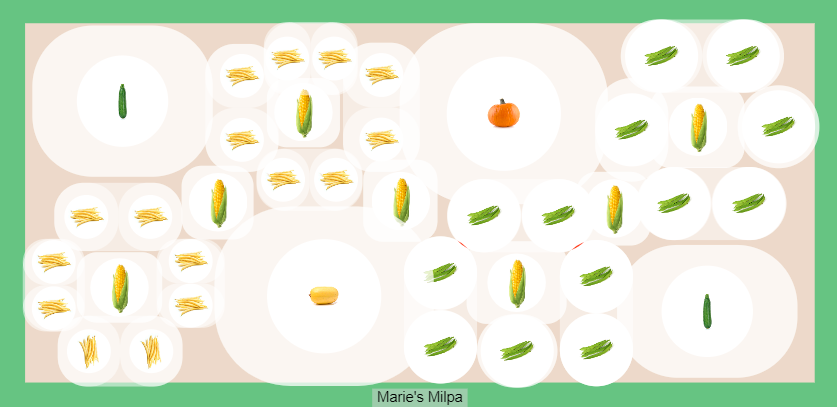
There are some crop-specific criteria that you should consider when planning your mixed crop. These include the above-ground growth habit, the root system, the plant family and the nutrient requirements of the individual crops. You should also be aware of which plant neighborhoods are good or bad.
Growth habit
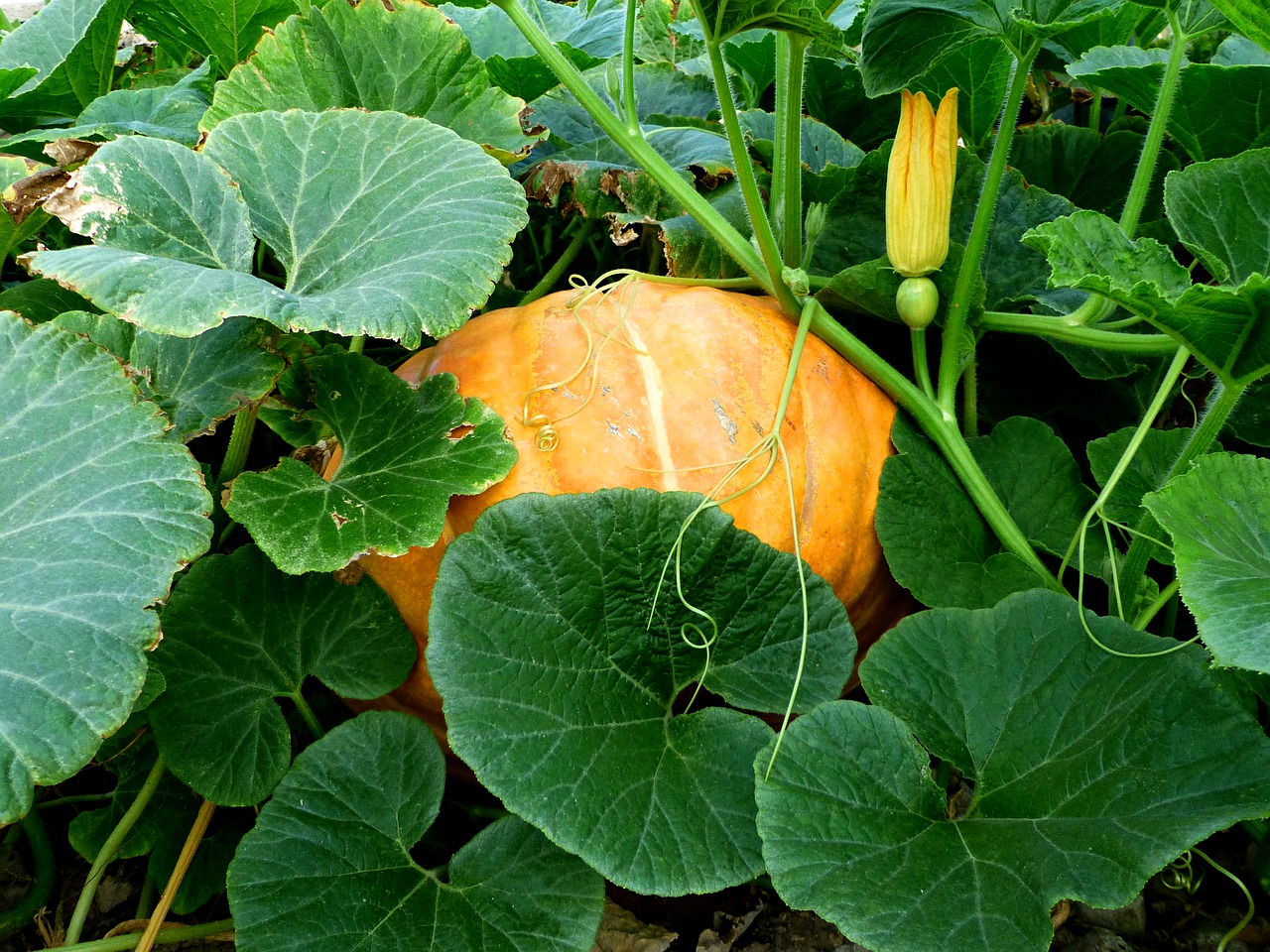
An important criterion when planning is the growth form of a crop. There are ground-covering, climbing or tall-growing plants. If you choose plants that complement each other, you can use the available space in the vegetable patch much more efficiently. Ground-covering plants complement tall-growing and climbing crops very well. They protect the soil from erosion and water loss and suppress troublesome weeds.
Root system
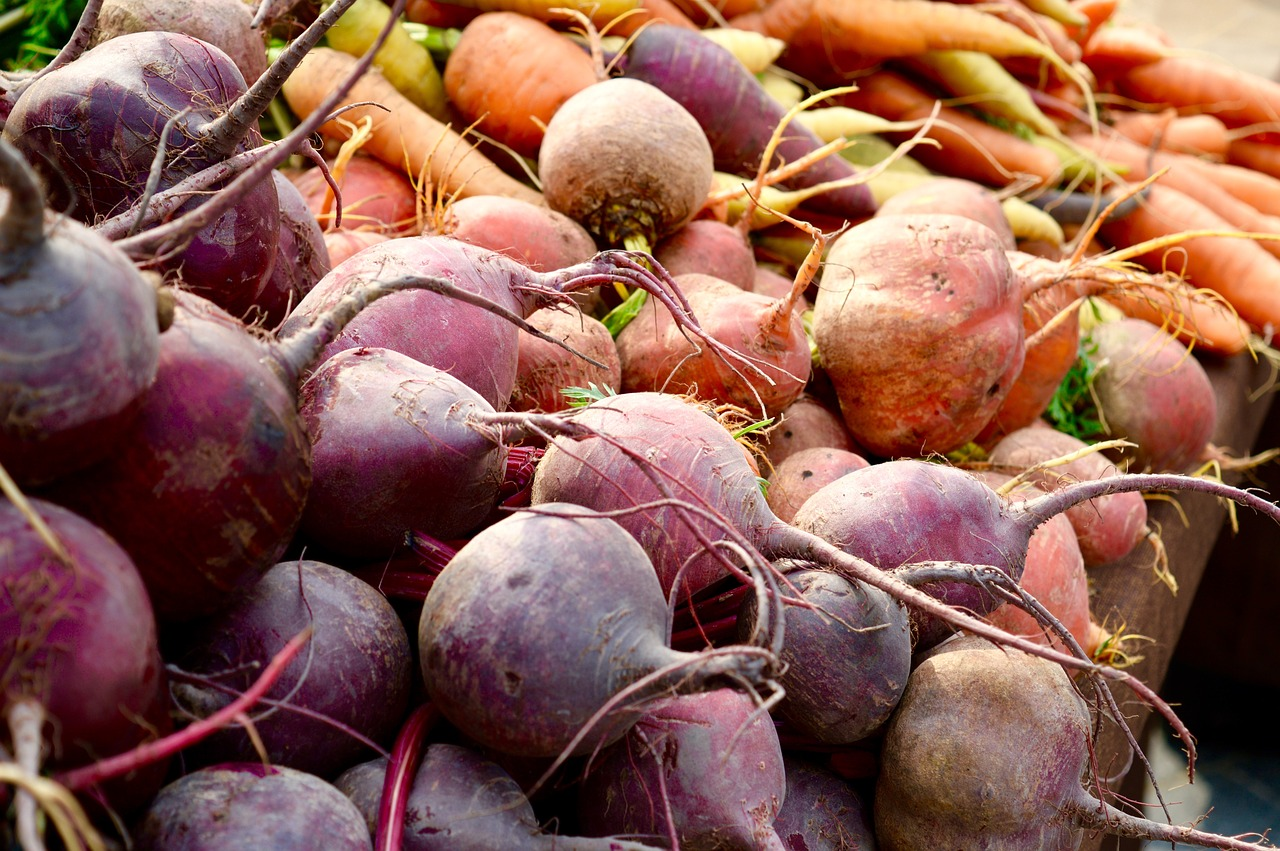
Just like the growth habit, you need to consider the root architecture of the different crops. Shallow-rooted plants are best combined with deep-rooted plants. This reduces nutrient leaching and prevents competition for nutrients
- Shallow-rooted plants include peas, lettuce, cucumber, potatoes and kohlrabi
- Deep-rooted plants include beans, carrots, chard and beet
Plant family
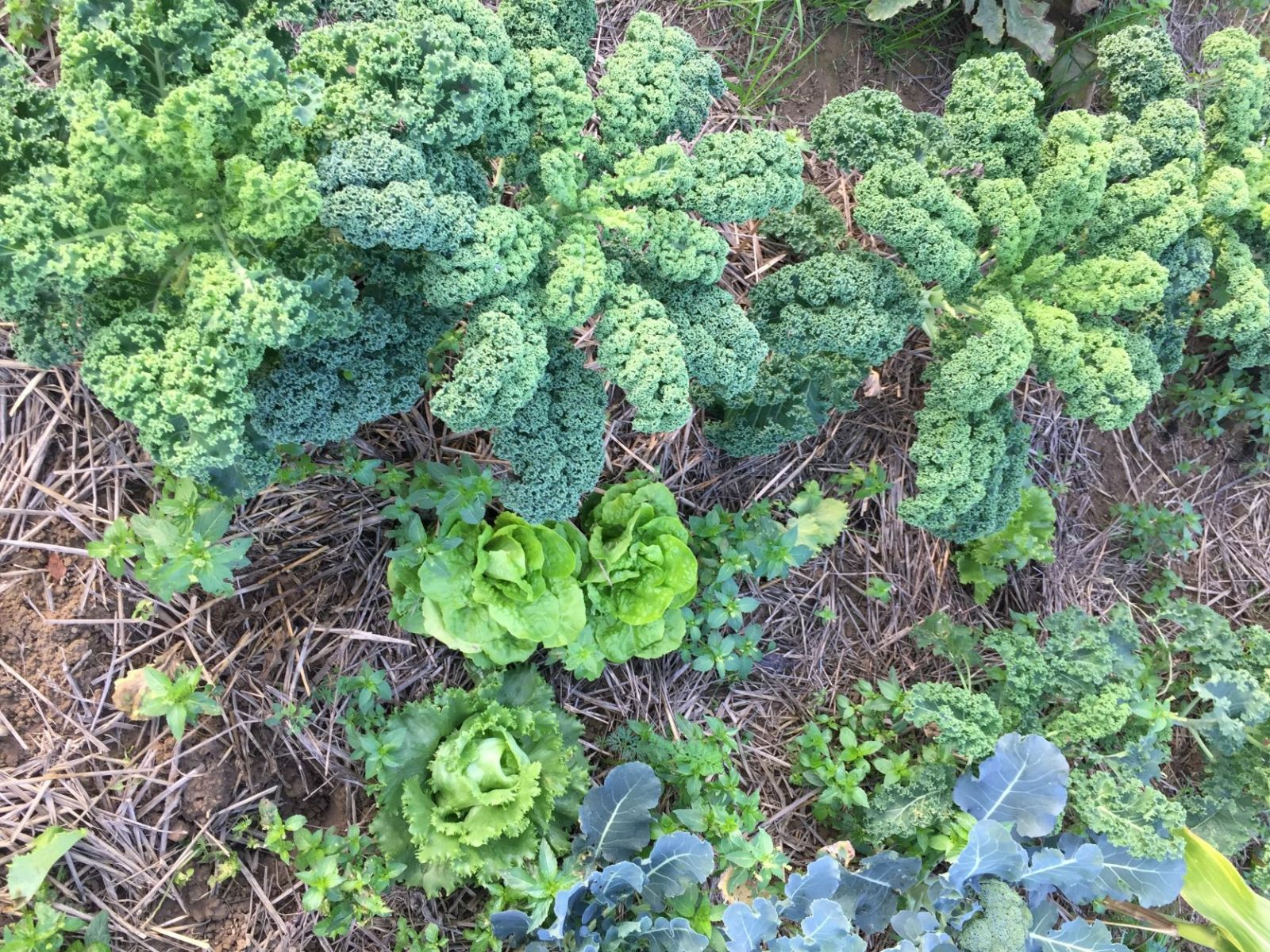
Avoid planting plants from the same family next to each other, as they usually have similar nutrient requirements and attract the same pests and diseases. Here is a list of the best-known plant families:
- Umbellifers: carrot, celery, fennel
- Crucifers: cabbage, savoy cabbage, radish
- Legumes: peas, beans
- Solanaceae: potatoes, tomatoes, peppers
- Allium family: onions, garlic, leeks
- Compositae: lettuce
- Foxtail family: beet, spinach
Nutrient requirements
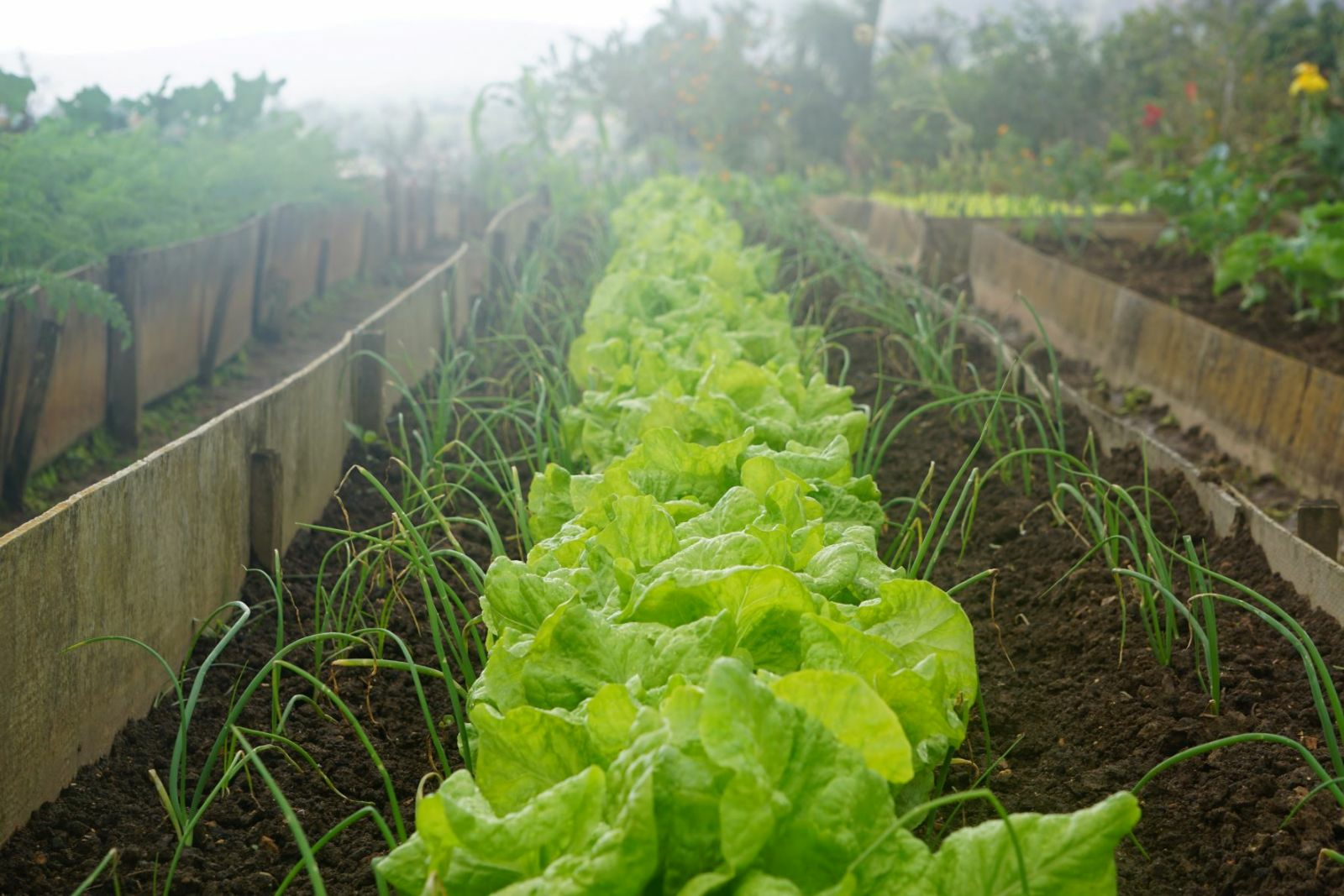
Vegetables are divided into strong, medium and weak growers. Plants with different nutrient requirements are planted next to each other so as not to deprive the soil of nutrients on one side only. For example, you can plant a strong grower next to a medium or weak grower. You can find a table with an overview of the different feeders in the article on this topic in the magazine.
Companion planting
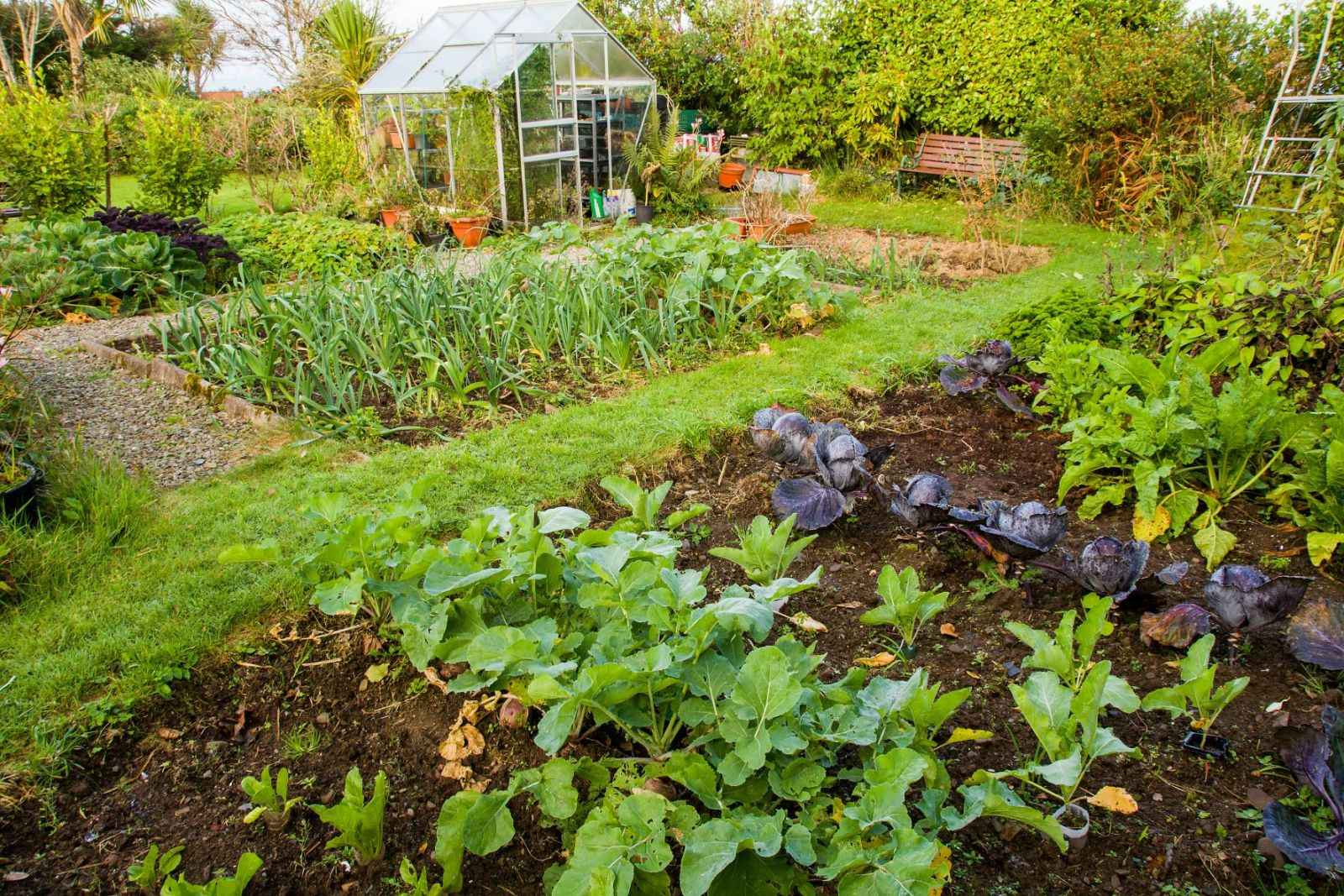
As already mentioned, there are good and bad plant neighborhoods. You can also find an overview here in the article in the magazine (the link can be found at the bottom). In addition to pure mixed vegetable crops, herbs are also good plant neighbors. In the right combination, they can keep unwanted guests away and attract beneficial insects as well as improve the growth and taste of their neighbors.
Here's to good neighborly relations
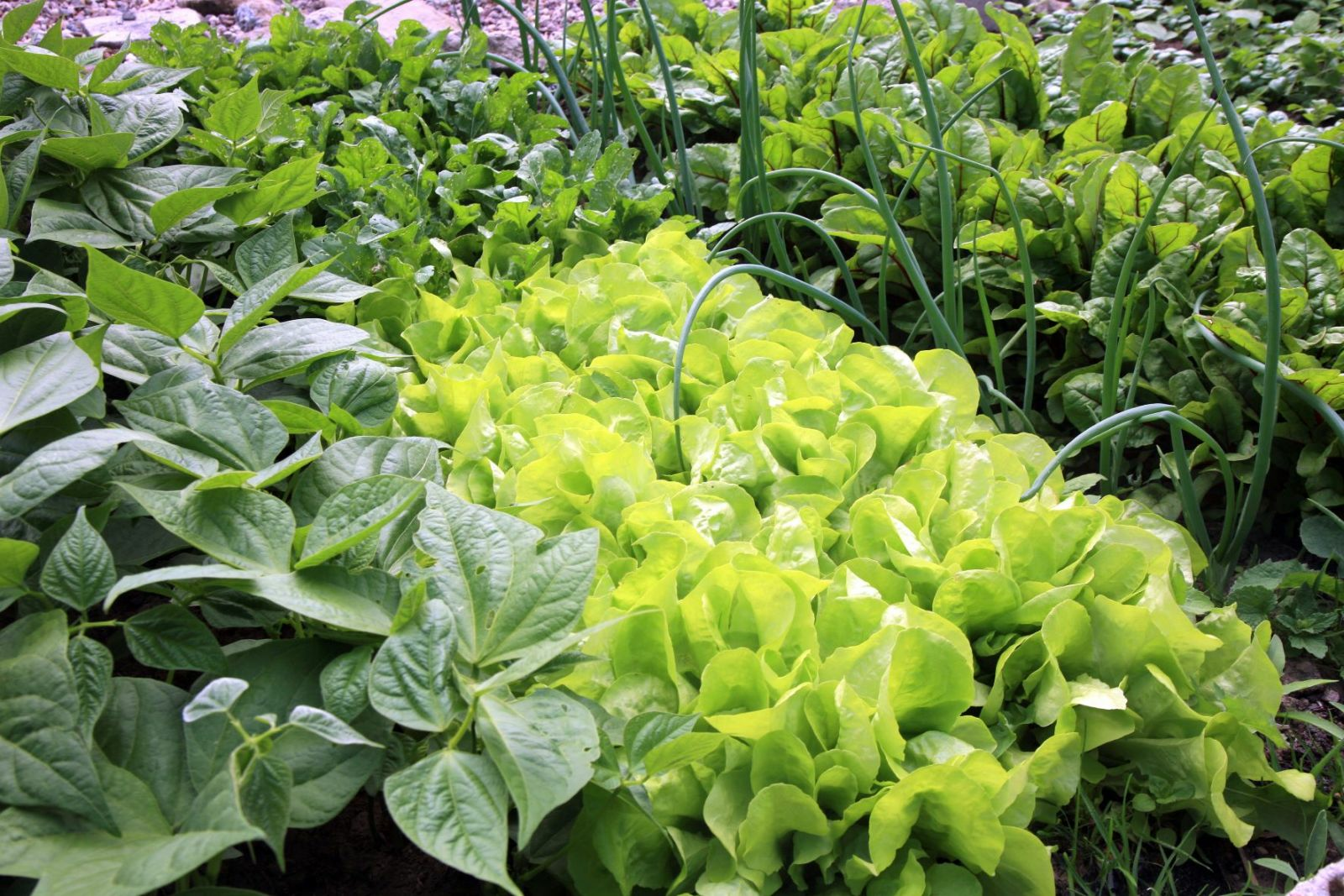
These mixed crops with vegetables have proven themselves and work well:
- Potatoes with beans, borage, horseradish or spinach
- Tomatoes with beans, carrots, leeks, lettuce, marigolds
- Peppers with cucumbers, parsley, marigolds, cabbage
- Courgettes with basil, beans, peas, onions
- Cucumbers with dill, fennel, lettuce, celery, spinach

